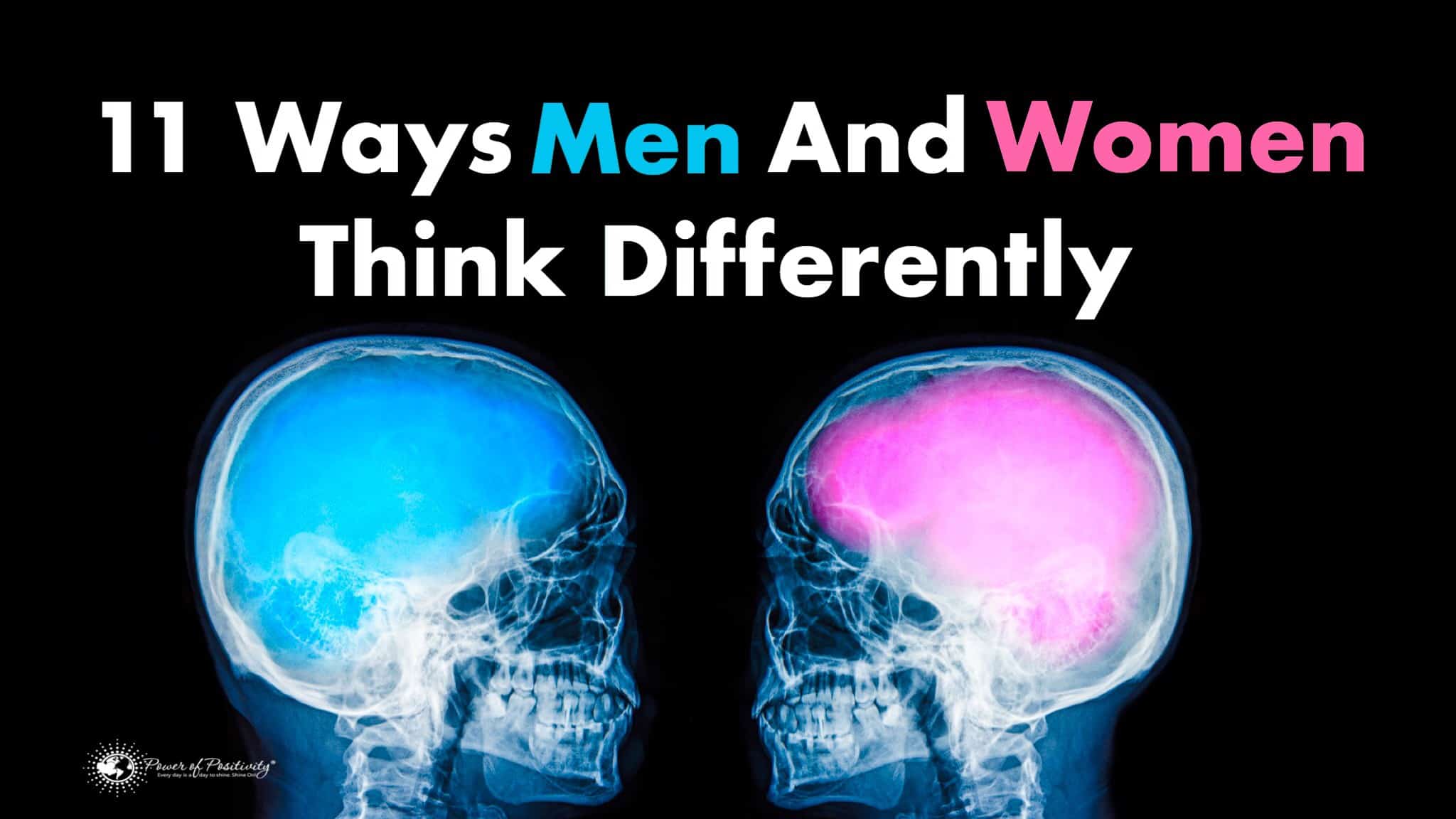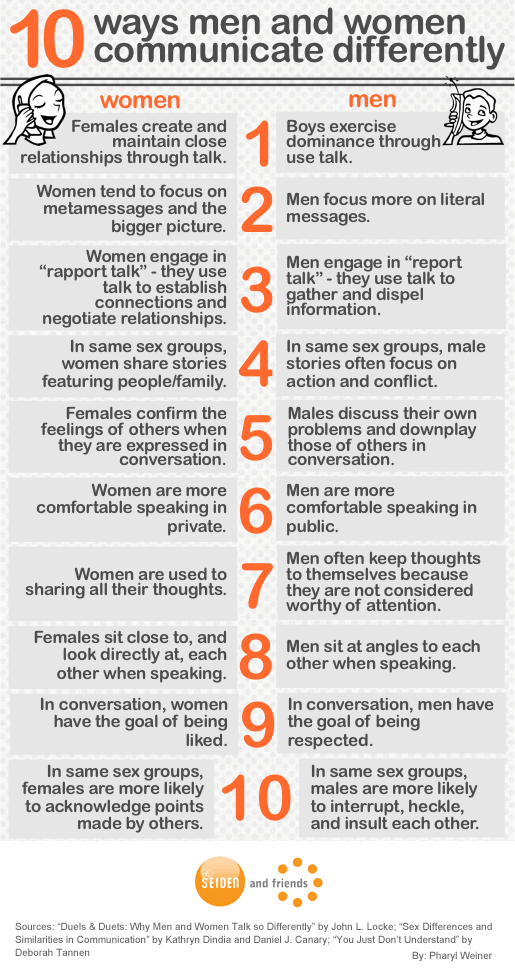Why Men Don't Understand Women — and Women Don't Understand Men
Why Men Don't Understand Women — and Women Don't Understand Men

The age-old struggle between men and women to understand each other isn't just a stereotype—it's rooted in fundamental differences in how we communicate, process emotions, and experience the world. While society often celebrates similarities in relationships, the real challenge lies not in our differences but in our assumptions that the opposite sex thinks exactly like we do. Understanding these core differences can transform frustration into empathy and conflict into connection.
The Hidden Truth: We Assume Too Much
One of the biggest misconceptions in heterosexual relationships is that our partners think the way we do. Women often assume men process emotions similarly to them, while men frequently believe women approach problems with the same logic-first mindset. This fundamental misunderstanding creates a communication gap that no amount of "careful wording" or "mirroring techniques" can fully bridge.

The truth is that men and women are largely socialized differently from childhood. Girls are encouraged to express emotions openly and discuss feelings, while boys are often taught to suppress vulnerability and focus on action and solutions. These early patterns shape how we communicate and connect in adult relationships.
What Women Don't Understand About Men
Men's Surprising Fears in Relationships
Counterintuitively, many men harbor deep fears in intimate relationships that women rarely recognize. Men often fear being dominated or controlled by their partners, worry about being emotionally or sexually inadequate, and deeply fear abandonment. These fears aren't signs of weakness—they're emotional realities that significantly impact how men behave in relationships.
When a man pleases his partner sexually, it's not just generosity; it's a crucial form of validation. The old saying rings true: "Women need to feel loved to have sex; men need to have sex to feel loved." Understanding this difference can prevent countless misunderstandings.
The "Nothing Box" Is Real
When a woman asks what her partner is thinking and he responds "nothing," he's often telling the truth. Men can genuinely sit contentedly, thinking about absolutely nothing—and find it deeply relaxing. Alternatively, they might be pondering bizarre thought experiments like "when you say 'forward' or 'back,' your lips move in those directions." This mental simplicity isn't avoidance; it's how many men achieve peace.

Men Bring Toolbelts to Emotional Conversations
When women share problems, they often want empathy and understanding. Men, however, are wired to fix things. When his partner cries, a man will literally grab tissues, offer hugs, and do everything possible to stop the tears—not because he doesn't care about emotions, but because fixing problems is how he expresses love and support.
Men typically only discuss emotions when they're trying to solve them. If a man has a problem, he'll often stay silent until he can articulate it clearly enough for someone to offer concrete help. He doesn't want to appear weak or burden others with unclear emotions.
What Men Don't Understand About Women
Everything She Does Is About Connection
One of the most crucial insights men miss is that most of what women do in relationships reflects their efforts to feel closer and more connected. When a woman says "we should spend more time together" or "I wish you would open up more," she's not criticizing—she's reaching out for deeper intimacy.
Unfortunately, because men are socialized to feel responsible for women's happiness, they often interpret these requests as criticism or evidence of their inadequacy. This triggers withdrawal, which women then interpret as disinterest, creating a destructive cycle where both partners feel frustrated and alone.
Women Need to Relive Emotions
Women don't just tell stories—they relive them emotionally. If she was angry during an event, she'll feel that anger again when retelling it. If she was hurt, the pain resurfaces. This isn't dwelling on the past; it's how women process experiences and work through emotional clutter.
Women seek out other women to analyze situations from every emotional angle, uncovering truths through shared understanding. This emotional excavation is foreign to most men, who prefer to analyze facts and move directly to solutions.

Conflict Isn't Necessarily a Threat
Men often withdraw during conflict because they're physiologically more distressed by relationship discord than women, and it takes them longer to recover. Deep down, many men fear their partner will leave them. For women, conflict can actually be an opportunity to connect more deeply—if both partners can stay engaged rather than retreating.
Breaking the Cycle: How to Bridge the Gap
Understanding these differences doesn't mean accepting frustration forever. Both men and women can bridge the communication gap if they're willing to do their part.
Women can: Recognize that withdrawal isn't disinterest but fear of getting it wrong. State clearly when you need empathy versus solutions. Understand that men often show love through actions rather than words.
Men can: Resist the urge to immediately fix problems when your partner shares emotions. Practice staying engaged during conflict rather than withdrawing. Understand that opening up emotionally is how you build deeper intimacy.
The Bottom Line
Men and women will never fully understand each other—and that's perfectly okay. The goal isn't perfect understanding but rather accepting that we see the world through fundamentally different lenses. By recognizing that our partner isn't intentionally being difficult but simply experiencing reality differently, we transform frustration into compassion.

The differences between men and women aren't obstacles—they're opportunities for growth, learning, and deeper connection. When we stop expecting our partners to think like us and start embracing how they actually think, relationships become less about changing each other and more about loving each other through our beautiful, frustrating differences.
Share This Article
Found this helpful? Share it with someone who needs to understand the opposite sex better! Use the social sharing buttons below to spread the insight.
FAQs: Understanding Gender Differences
Q: Do all men and women fit these patterns?
No. These are general patterns based on socialization, not absolute rules. Individual personality, upbringing, and life experiences create significant variation.
Q: Can men and women ever truly understand each other?
Complete understanding may be impossible, but meaningful connection is absolutely achievable through empathy, communication, and accepting differences.
Q: Why do men withdraw during conflict?
Men often experience greater physiological stress during relationship conflict and take longer to recover. Withdrawal is a protective response, not disinterest.
Q: How can I communicate better with the opposite sex?
Focus on understanding their perspective rather than expecting them to think like you. Ask questions, listen actively, and acknowledge that different doesn't mean wrong.